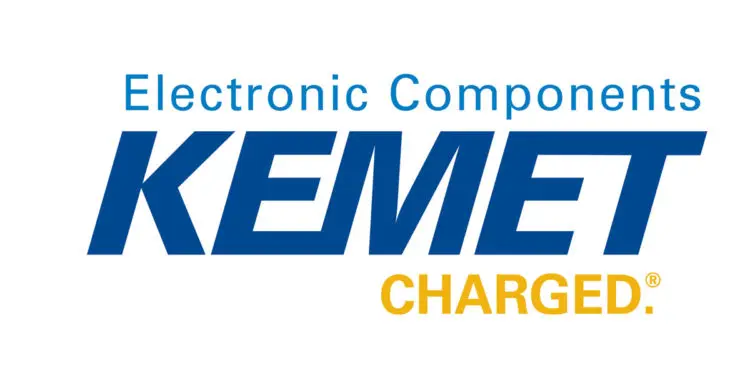Greenville, South Carolina (February 23, 2017) – KEMET Corporation (the “Company” or “KEMET”) (NYSE: KEM), a leading global supplier of passive electronic components, announced today that, through its wholly owned subsidiary, KEMET Electronics Corporation (“KEC”), it has signed a definitive agreement and is targeting a closing date on or about April 10, 2017 to complete the acquisition of NEC TOKIN Corporation (“NEC TOKIN”) from NEC Corporation (“NEC”). Upon closing, NEC TOKIN will change its name to TOKIN Corporation and become a wholly-owned subsidiary of KEMET.
To facilitate the acquisition, the Company also announced today that NEC TOKIN has entered into an agreement to sell its EMD division (Electromechanical Devices) to NTJ Holdings 1 Ltd., a special purpose entity that is owned by funds managed or operated by Japan Industrial Partners, Inc. for approximately JPY 48.2 billion or approximately $422 million, prior to adjustments for net debt at closing and subject to customary post-closing adjustments. The proceeds of this transaction, after fees and taxes, will be used in part to repay the NEC intercompany debt resulting in an essentially debt-free balance sheet of NEC TOKIN once it is acquired by KEMET.
Under the terms of the definitive stock purchase agreement, KEC will pay to NEC the amount of JPY 6.0 billion, or approximately $52.5 million, plus one-half of the remaining amount which is determined to be the excess amount of net cash proceeds from the sale of the EMD business. NEC TOKIN will also use a portion of the net cash proceeds from the sale of the EMD business to repay in full the outstanding indebtedness of NEC TOKIN that is owed to NEC, which is currently JPY 25.4 billion, or approximately $222.4 million. Based on current estimates, after all payments to NEC (and net of taxes, fees and expenses), it will effectively result in a net cash inflow to NEC TOKIN and the Company.
“We are pleased to bring this acquisition to completion in such a positive manner. It has been a long road with hard work by many of the KEMET and NEC TOKIN employees. We believe that this combination of our technologies and products will position us to return exponential value to our shareholders over the coming fiscal years,” stated Per Loof, the Company’s Chief Executive Officer. “In addition, our improved balance sheet position, combined EBITDA, and leverage statistics should enable us to refinance our existing debt at improved interest rates, resulting in less cash interest expense and providing additional earnings per share for our shareholders,” continued Loof.
Nomura Securities Co., Ltd acted as financial advisor to NEC TOKIN on the sale of the Electromechanical Devices business unit.
For details of the agreement between NEC and KEC, and the agreement among NEC TOKIN, NTJ Holdings 1 Ltd. and Japan Industrial Partners, please refer to the Company’s Form 8-K related to these transactions.































